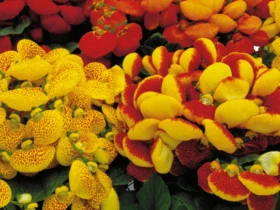In the world of botanical wonders, there is a flower that captivates with its ethereal beauty and remarkable resilience – the Paperflower, also known as bougainvillea. With its delicate petals and papery texture, this exquisite blossom showcases nature’s ability to create artistry from fragility. In this article, we will explore the enchanting world of the Paperflower, delving into its appearance, symbolism, cultivation, and the significance it holds in various cultures.
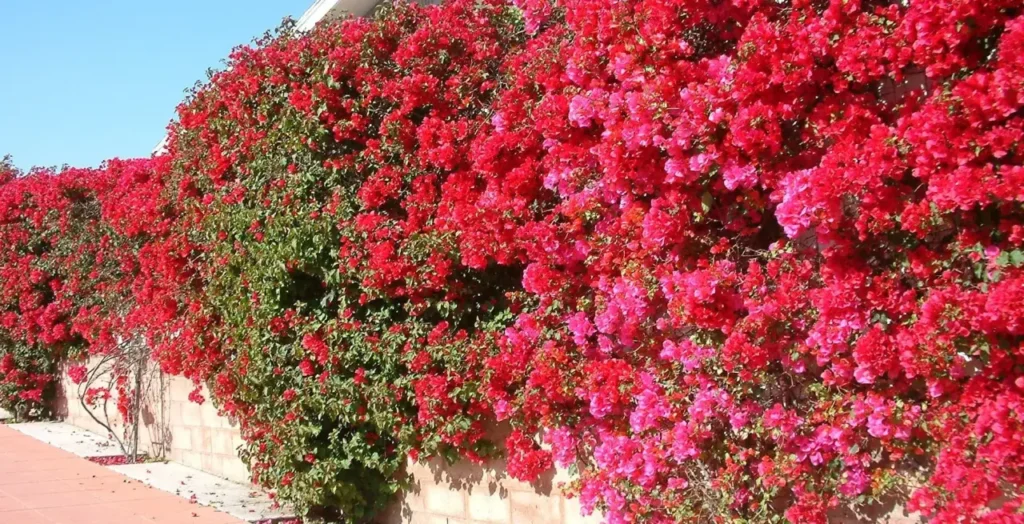
Appearance and Characteristics
The Paperflower, scientifically known as Bougainvillea, is a flowering plant that belongs to the Nyctaginaceae family. It is native to South America, particularly Brazil, but has become widely cultivated in many tropical and subtropical regions around the world. The most striking feature of the Paperflower is not its actual flower, but rather the papery bracts that surround the tiny, inconspicuous flowers. These bracts are typically vibrant in color, ranging from shades of pink, purple, red, orange, and even white, creating a stunning display of hues. The actual flowers are small and inconspicuous, nestled within the bracts.
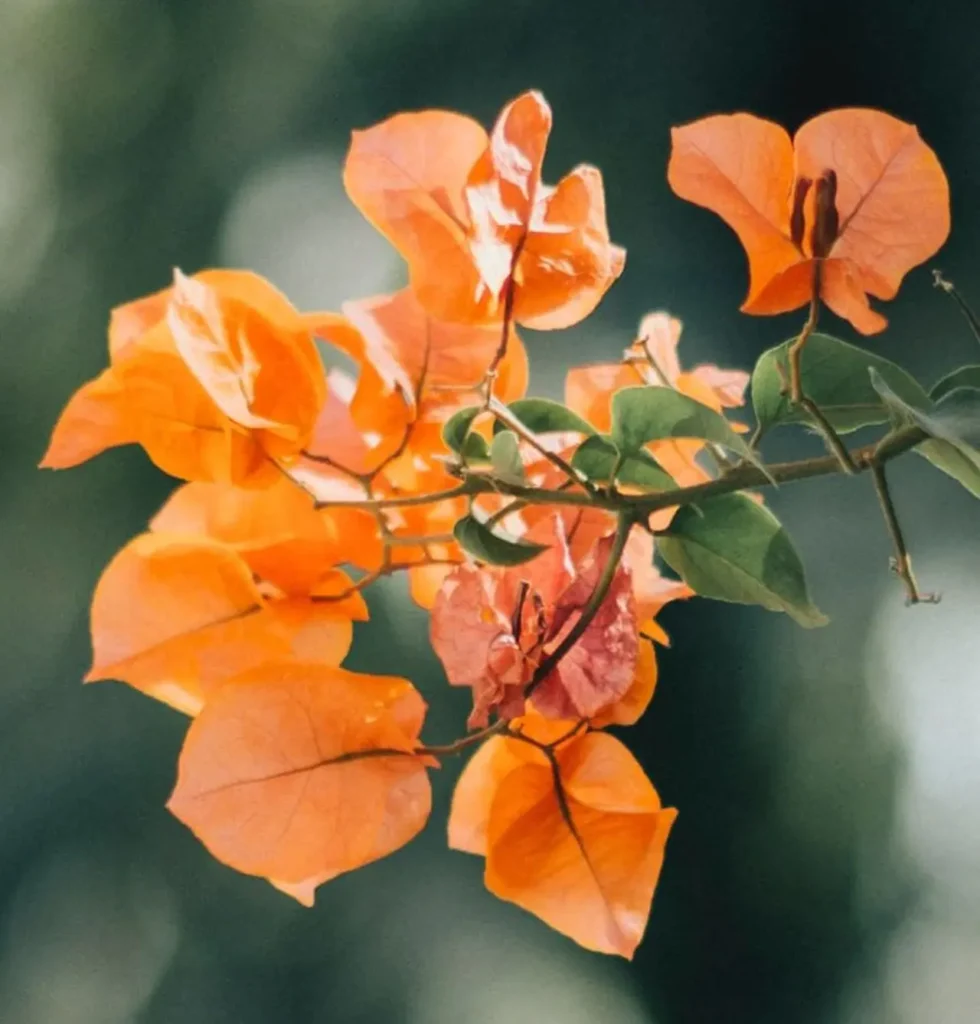
The colors of Paperflowers
Paperflowers come in a variety of colors. Here are some common colors you can find in different types of bougainvillea:
- Pink: Pink paperflowers are a popular choice and can range from light pink to vibrant magenta.
- Purple: Purple paperflowers are known for their rich and deep hues, ranging from lavender to royal purple.
- Red: Red paperflowers are bold and vibrant, adding a splash of intense color to any garden or landscape.
- Orange: Orange paperflowers bring warmth and energy with their bright and fiery tones.
- White: White paperflowers are elegant and pristine, offering a classic and timeless beauty.
- Yellow: Yellow paperflowers are cheerful and sunny, adding a pop of brightness to any setting.
- Peach: Peach paperflowers have soft and delicate hues, combining shades of pink and orange for a subtle and warm appearance.
- Magenta: Magenta paperflowers have a striking and intense color, with shades ranging from deep fuchsia to purplish-red.
- Coral: Coral paperflowers display a mix of pink and orange tones, creating a warm and tropical feel.
- Salmon: Salmon paperflowers have a soft and warm color, reminiscent of the delicate shades of salmon fish.
- Apricot: Apricot paperflowers feature a soft and warm hue, resembling the gentle tones of ripe apricots.
- Lilac: Lilac paperflowers have a light purple color, similar to the delicate blossoms of lilac flowers.
- Mauve: Mauve paperflowers display a muted shade of pink or purple with a gray undertone, giving them a subtle and sophisticated appearance.
- Coral Pink: Coral pink paperflowers have a vibrant and tropical shade of pink, resembling the hues of coral reefs.
- Deep Red: Deep red paperflowers showcase a darker and more intense shade of red, adding drama and depth to their blooms.
- Lavender: Lavender paperflowers have a soft and soothing shade of light purple, evoking the calming fragrance of lavender fields.
- Salmon Pink: Salmon pink paperflowers feature a delicate and warm pink hue, reminiscent of the flesh of salmon fish.
- Sunset Orange: Sunset orange paperflowers represent the vibrant and warm colors of a sunset, with shades of orange and red blending together.
- Cream: Cream-colored paperflowers have a light and creamy hue, offering a subtle and elegant presence in gardens or arrangements.
- Bi-color: Some paperflowers exhibit bi-color variations, where different shades or colors appear on the same flower, creating an eye-catching and dynamic effect.
These are just a few examples of the colors you can find in different varieties of paperflowers. The actual color variations may vary depending on the specific cultivar and growing conditions.
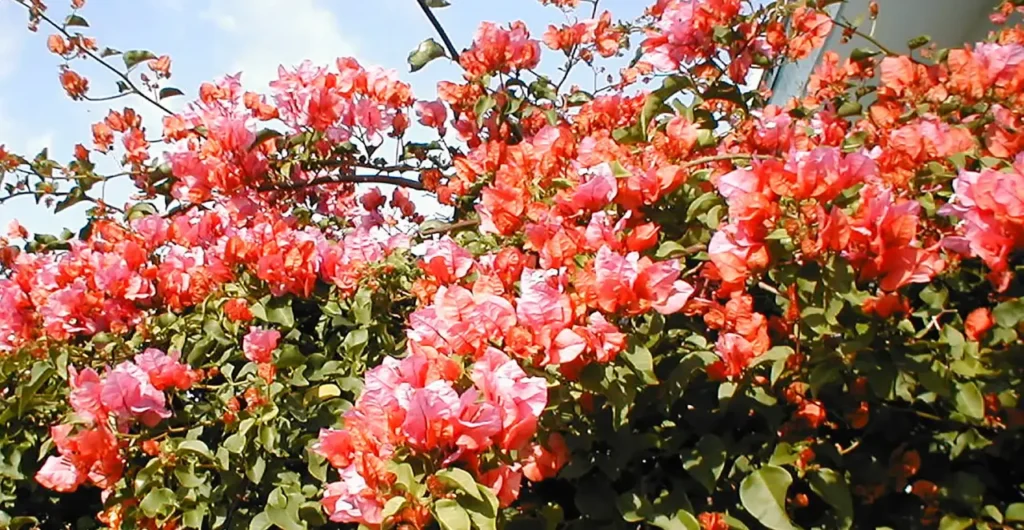
Symbolism and Cultural Significance
The Paperflower holds various symbolic meanings across different cultures. Its vibrant and showy bracts often represent passion, vibrancy, and celebration. In some cultures, the Paperflower is associated with abundance and prosperity, making it a popular choice for auspicious occasions and decorative purposes. Its ability to thrive in diverse climates and challenging conditions has also made it a symbol of resilience and perseverance. Furthermore, the Paperflower’s climbing and cascading growth habit symbolizes growth, expansion, and reaching for new heights.
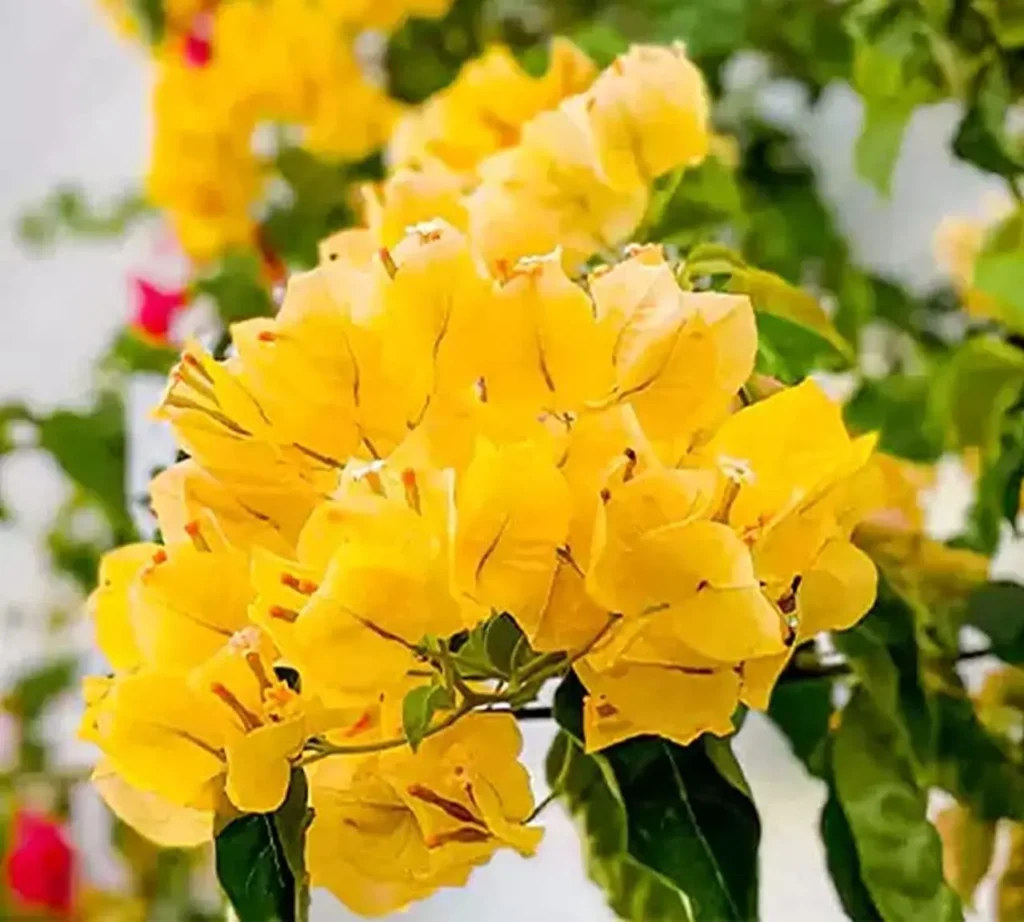
Cultivation and Care
Cultivating Paperflowers requires a warm and sunny climate, as they thrive in full sun and prefer well-draining soil. They are commonly grown as ornamental plants, adorning gardens, patios, and landscapes with their vibrant colors. Paperflowers are climbers by nature, and they can be trained to grow along walls, fences, or trellises, adding a touch of beauty and elegance to any space. They are relatively low-maintenance, requiring occasional watering and regular pruning to maintain their desired shape and size.
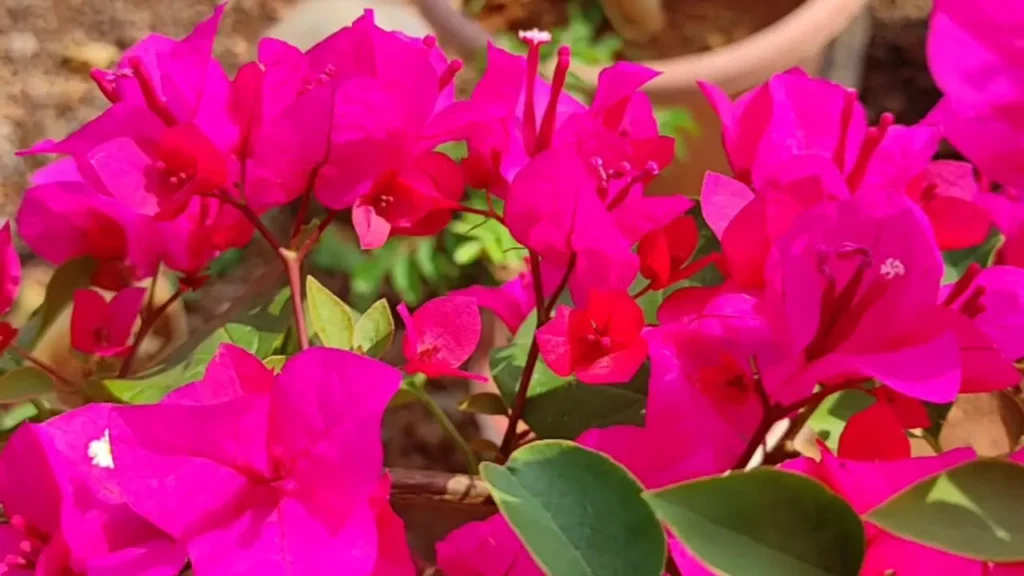
Versatility and Adaptability
One of the remarkable traits of the Paperflower is its adaptability to various growing conditions. It can tolerate drought, making it an excellent choice for arid regions, but also withstands high humidity and coastal environments. The ability of the Paperflower to bloom profusely and provide a burst of color even in harsh conditions has made it a beloved plant in many parts of the world.
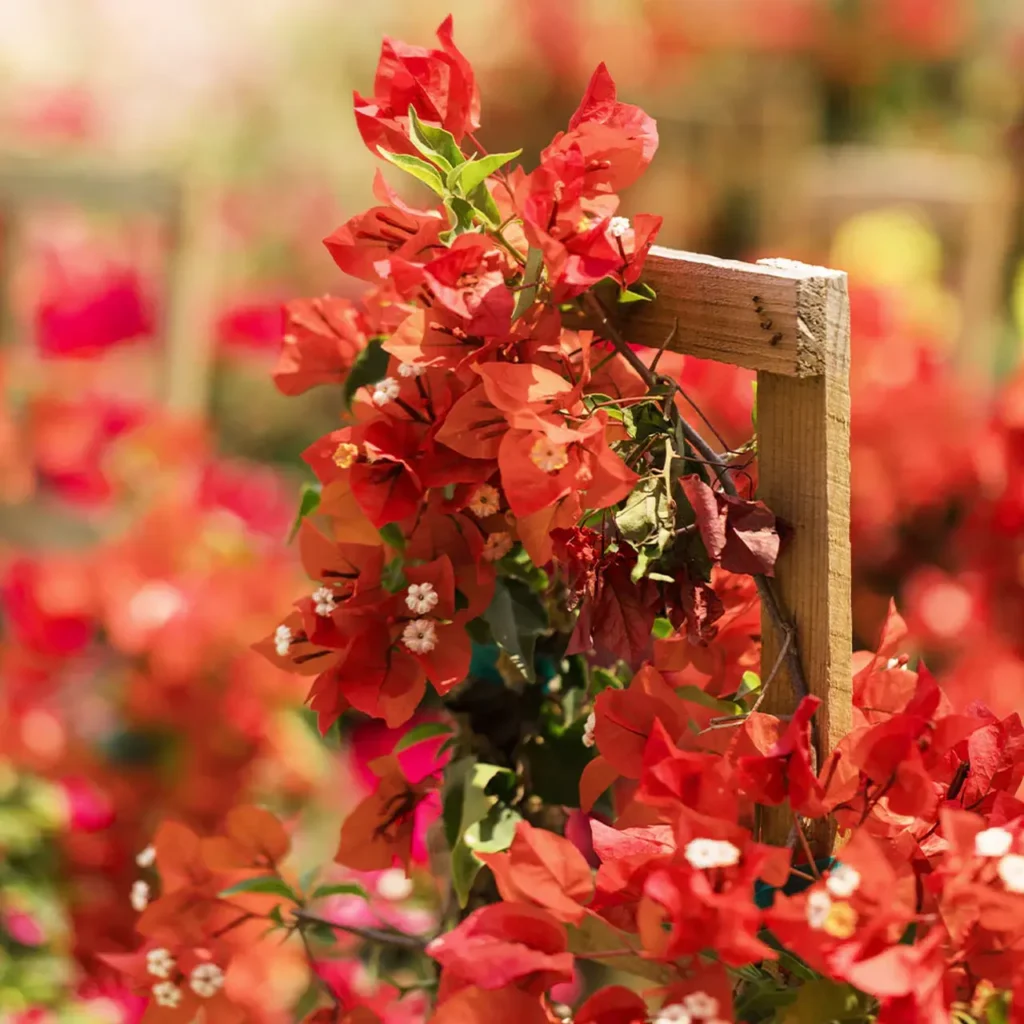
Celebrated Beauty and Inspiration
The Paperflower’s captivating appearance has inspired artists, poets, and photographers throughout history. Its vibrant colors and delicate papery bracts have been depicted in paintings, sculptures, and textile designs, capturing the imagination and serving as a muse for creative expression. The unique texture and color palette of the Paperflower make it a popular subject for botanical art, as it presents an opportunity to capture its intricate beauty.
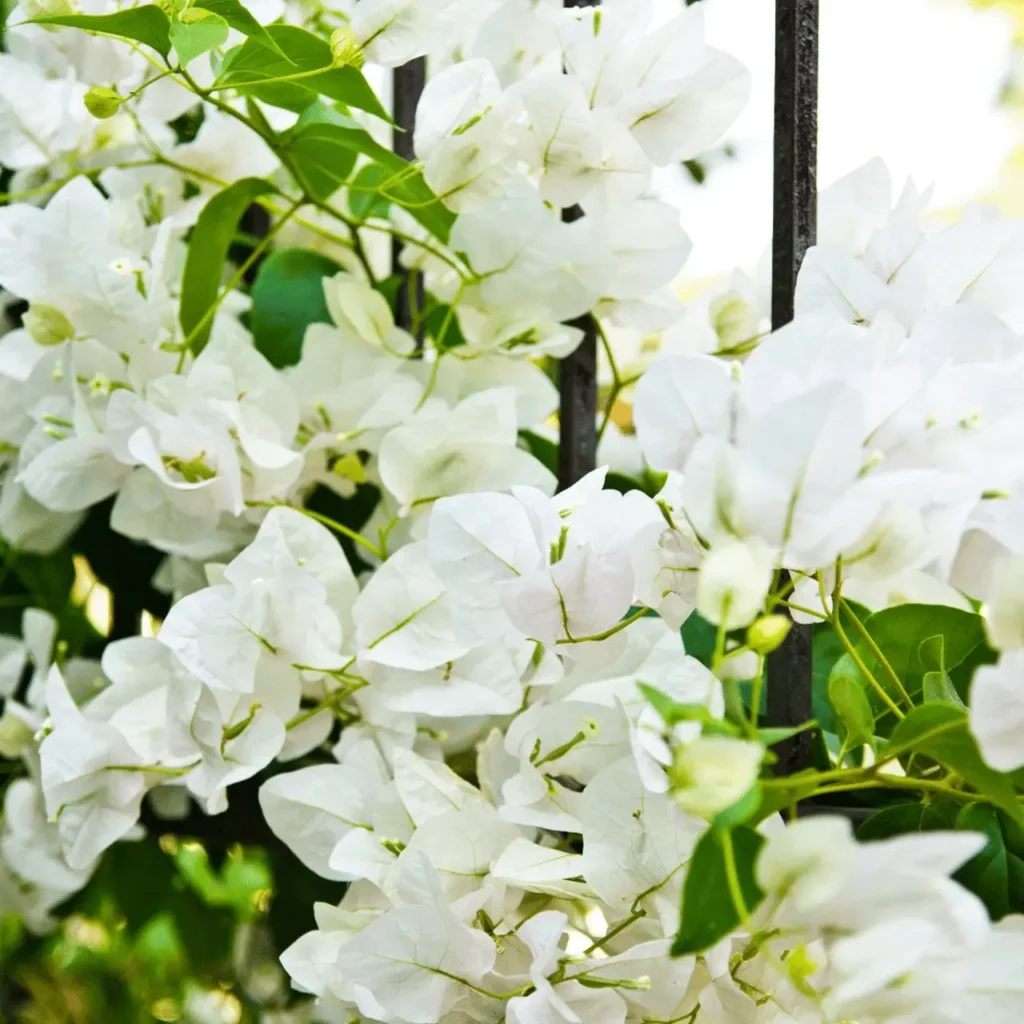
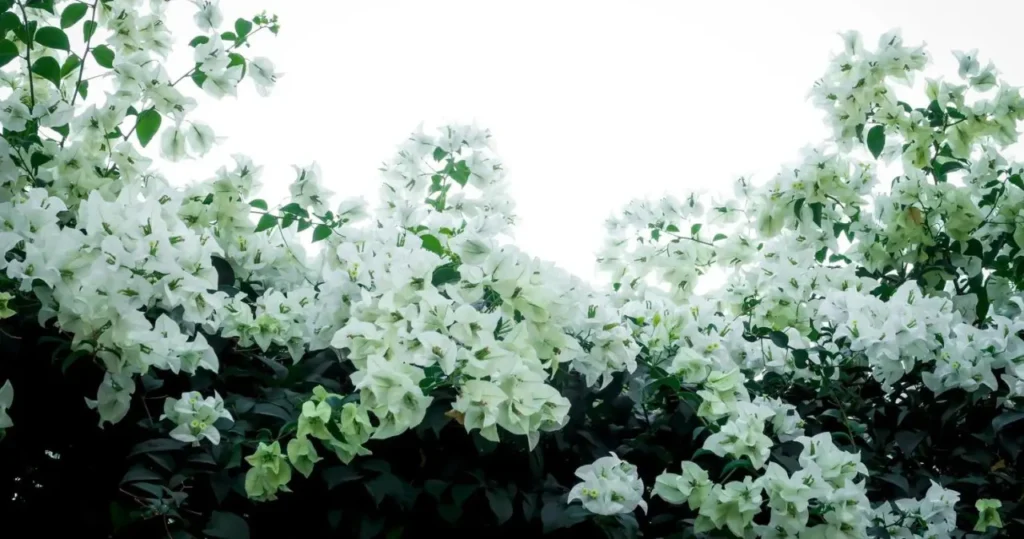
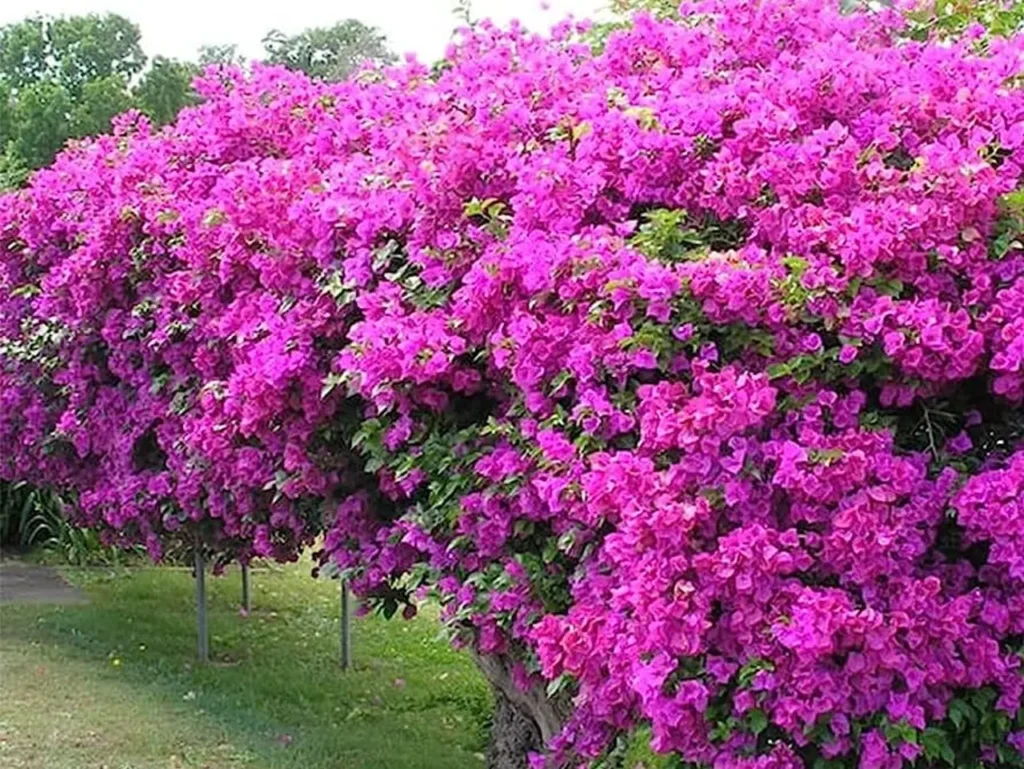
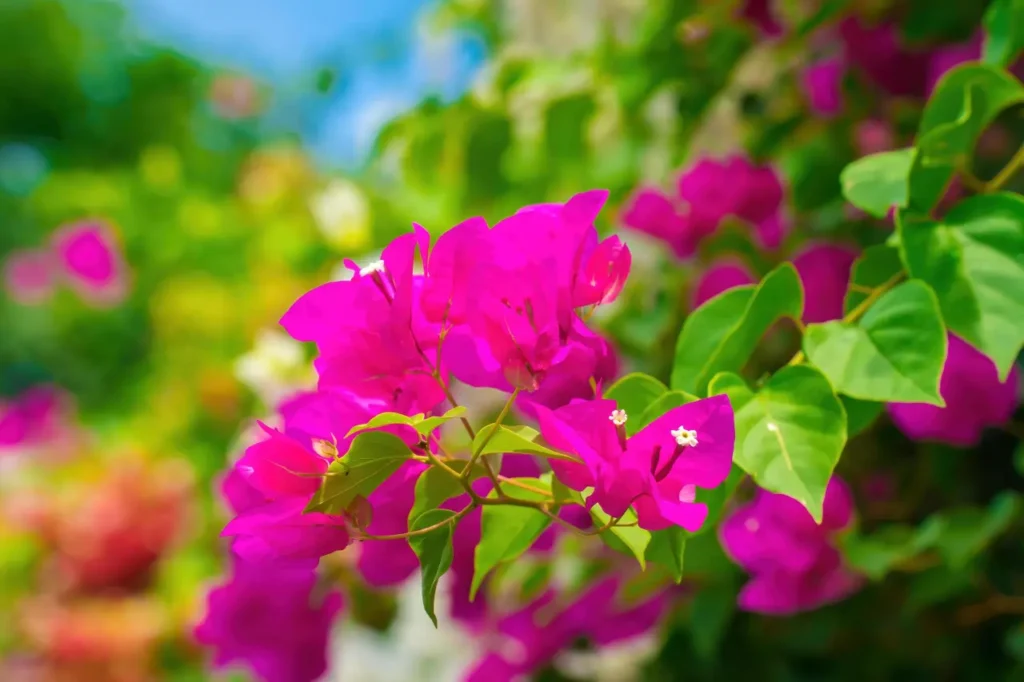
The Paperflower, with its delicate papery bracts and vibrant colors, is a testament to the resilience and grace found in the natural world. Its ability to withstand challenging conditions and still produce a breathtaking display of color has endeared it to gardeners, artists, and nature lovers alike. As we admire the Paperflower’s delicate beauty, let us also reflect on its symbolism of resilience and the enduring spirit of nature. May it serve as a reminder to embrace life’s challenges with grace and find beauty in the most unexpected places.
